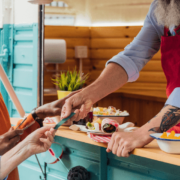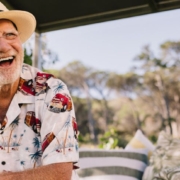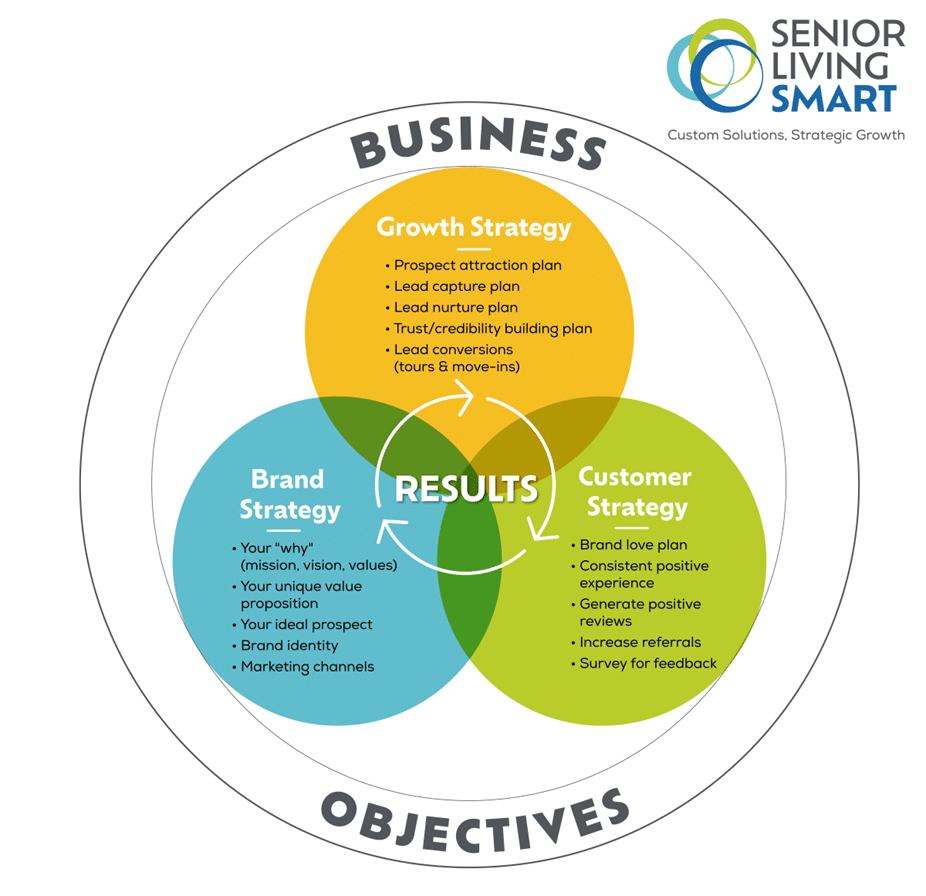How to Address “I’m Not Ready Yet” Objections to Senior Living
“I’m not ready yet” is one of the most common objections that senior living sales teams hear. While it can be frustrating, pushing back too hard can drive prospects away.
So, what should sales reps say?
Below, we share our suggestions.
Demonstrate empathy by seeing things from their perspective.
“I’m not ready yet” is rarely about one reason. It often involves a combination of emotional, logistical, and financial concerns.
Many salespeople instinctively try to “win” the argument, but this approach backfires. Our CEO, Debbie Howard, says selling senior living is like driving on ice—you have to “go with the skid” rather than jerk the wheel.
Lean into the objection and use language that demonstrates empathy:
- I hear you. I can’t imagine how tough a decision this is to make.
- I hear you. Leaving your forever home has got to feel incredibly overwhelming and sad.
- I hear you. You’ve done so much for your mother already. I can feel your exhaustion.
Gently guide the conversation forward.
The goal is to encourage reflection, problem-solving, and possible next steps. Here are a few strategic approaches you can take.
1. Ask open-ended questions to encourage reflection.
Instead of pushing back, invite prospects to explore their concerns by asking them thoughtful questions:
- What do you think would make this decision easier?
- What’s the biggest thing holding you back right now?
- What would have to change for your mom to feel ready?
These questions help prospects vocalize their concerns while allowing you to uncover deeper hesitations.
2. Offer meaningful support and resources.
Rather than arguing against their objections, position yourself as a trusted resource, but make sure whatever resource you offer aligns with their objection:
- I totally understand. Deciding whether to stay at home or move to a senior living community is a big decision. To help, we offer a “Stay or Go” guide that walks families through key considerations like home safety, socialization, financial planning, and future care needs. Would it help if I shared this with you and your family?
- Would you be open to speaking with one of our current residents who had similar concerns?
- Can I connect you with a geriatric care manager who can help you sort through options?
- Would your mom feel more comfortable with a short stay to see if this feels right? She can move in for a couple of weeks, participate in activities, and experience the lifestyle firsthand—no long-term commitment required.
Providing tangible next steps eases decision fatigue and shows that you’re there to help, not just to sell.
PRO TIP #1: Offer to pay for the first session with the geriatric care manager. The prospect and their family have nothing to lose and everything to gain—and you could very well get a move-in out of a nominal expense in the grand scheme of things.
PRO TIP #2: For many families, the biggest challenge isn’t the decision—it’s the logistics. Selling a home, sorting through decades of belongings, and coordinating a move can feel overwhelming. If you offer relocation services or have a preferred senior move manager, talk it up and make the introduction.
3. Accept that they might need to fail.
Sometimes, families need to try a different solution first and fail. This might involve bringing in home care, modifying the home, or moving Mom in with them.
If that’s the case, reassure them that you’ll still be there when and if they’re ready. Occasionally check in with them over the next few months to a year to see how things are going.
4. Gently challenge their thinking (without pushing).
Help them reframe their concerns with gentle prompts:
- I completely understand why staying home feels like the best choice right now. Can we talk through what that might look like a year from now?
- Many families tell me they wish they had made this move sooner. What do you think would happen if you waited another year?
- What would have to happen for you to feel like moving is the best decision?
5. Keep the door open with a soft follow-up.
If they’re not ready, that’s okay—but let them know you’ll continue to be a helpful, low-pressure resource:
- I completely understand, and I want you to feel comfortable with whatever decision you make. How about I check in with you in a few weeks to see how things are going?
- Would you like to join us for an event to meet some residents and get a feel for the community?
- I recently came across an article on downsizing that might be helpful—let me know if you’d like me to send it over.
- If anything changes or you just want to talk things through again, I’m always here to help.
Accept that you won’t be able to overcome every “I’m not ready yet” objection, and that’s OK.
“I’m not ready yet” isn’t a hard no—it’s an opportunity to explore what’s holding them back. The key is to listen, validate concerns, and provide resources to help families feel good about their decisions.
By leaning into objections rather than fighting them, sales teams can build trust and guide families toward a move-in when the time is right. And when that moment comes, they won’t remember a sales pitch—they’ll remember who truly listened, supported them, and made them feel ready to say “yes.”













